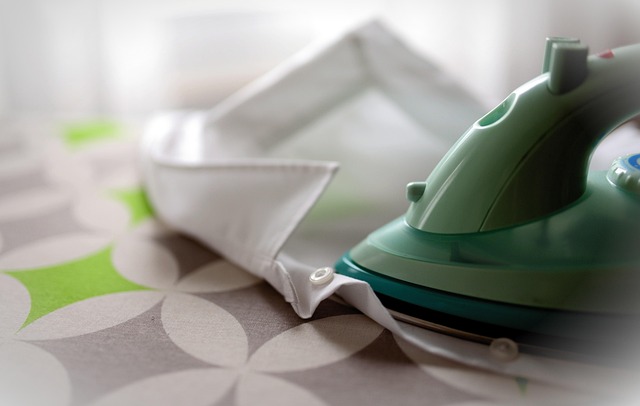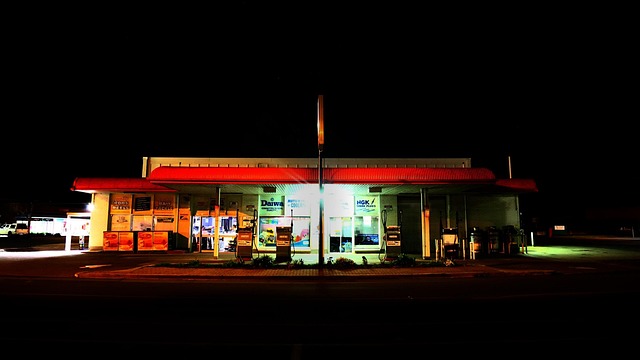Power washing and power flushing are specialized cleaning methods. Power washing uses high-pressure water jets to remove dirt from external surfaces like siding, decks, and driveways. Power flushing clears stagnant water and obstructions in plumbing systems, improving efficiency and addressing issues like low pressure and bacteria buildup. A power flush service is ideal for thorough internal cleaning but requires expert handling. Choosing between the two depends on specific needs: power washing for surface debris or power flushing for deep pipe cleaning. Regular post-power flush maintenance by homeowners prevents damage and ensures long-lasting results.
In the pursuit of a sparkling clean space, power washing and power flushing emerge as popular yet distinct techniques. This comprehensive guide unravels the intricacies of these two powerful cleaning methods. From understanding the foundational concepts of power washing to exploring the intricate processes of power flushing, we demystify each step. We weigh the pros and cons, offering insights for informed decisions. Moreover, learn how to maintain optimal cleanliness post a power flush service. Discover the best approach for your needs with these efficient solutions.
- Understanding Power Washing: The Basics
- Deep Dive: What Is Power Flushing?
- Benefits and Drawbacks of Each Method
- Choosing Between Power Wash and Flush
- Maintaining Cleanliness After Power Flushing Service
Understanding Power Washing: The Basics

Power washing is a quick and effective way to clean external surfaces, such as siding, decks, and driveways. This method involves high-pressure water jets that blast away dirt, grime, and even mold or mildew. It’s a popular choice for homeowners looking to refresh their outdoor spaces, offering both convenience and powerful results. The process is simple: a power washer is attached to a source of water, and the user manipulates the nozzle to target specific areas, erasing years of buildup in just minutes.
When discussing maintenance practices, understanding what a power flush involves is essential for those considering this service. A power flush is specifically designed to improve heating efficiency by clearing out old, stagnant water from plumbing systems, which can include radiators and pipes. What is a power flush? It’s a specialized technique used to troubleshoot drain clogs and ensure optimal system performance. By removing any obstructions or sediment buildup, it allows for better heat circulation, thereby enhancing the overall effectiveness of your heating system, especially in older homes or those with mineral-rich water sources.
Deep Dive: What Is Power Flushing?

Power flushing is a specialized service that involves using high-pressure water jets to thoroughly clean and unclog pipes within a building’s plumbing system. This deep cleaning method goes beyond the scope of regular maintenance, targeting hard-to-reach areas and stubborn deposits that can accumulate over time. It’s particularly effective for multi-unit properties or shared plumbing systems where multiple residents rely on the same water supply, as it ensures a fresh and clean environment for everyone.
The process typically involves flushing out sediment, scale, and other debris from pipes, tanks, and fixtures, addressing issues like low water pressure, frequent clogs, and bacteria buildup. A professional power flush service utilizes advanced equipment to safely and efficiently perform this task, offering tailored residential power flush packages to cater to various needs. This method is a game-changer for maintaining the longevity and performance of plumbing systems in both commercial and residential settings.
Benefits and Drawbacks of Each Method

Benefits and Drawbacks of Each Method
Power washing is a quick and effective way to clean exterior surfaces, remove stubborn stains, and restore the appearance of various materials like concrete, brick, and wood. Its drawbacks include limited application to external areas only and the potential for water damage if not performed correctly. On the other hand, power flushing is an internal process, ideal for fixing blocked pipes and enhancing heating efficiency in homes and commercial buildings. A power flush service can effectively clear out debris and sediment buildup, ensuring smooth water flow and better system performance.
For those seeking a long-term solution to clogged pipes and improved central heating, power flushing offers significant advantages. Plumbers in Bromsgrove can provide this service, which is particularly beneficial for older properties where scaling and sludge accumulation are common issues. However, power flushing may not be suitable for all pipe materials or severe cases of blockage, requiring professional assessment before proceeding.
Choosing Between Power Wash and Flush

When it comes to maintaining your plumbing system, deciding between power washing and power flushing is crucial. Both methods have their unique advantages and are suitable for different situations. Power washing is ideal for removing surface debris and grime from pipes, drains, and fixtures. It’s a quick and effective way to clean visible blockages without the need for chemical agents. However, it may not penetrate deep into the pipe walls, missing potential hidden issues.
On the other hand, power flushing involves using high-pressure water jets combined with specialized chemicals to thoroughly clean pipes from within. This method is highly effective in removing stubborn buildup, calcium deposits, and grease, making it a preferred choice for deep cleaning. While power flushing offers comprehensive cleaning, it’s more intensive and should be performed by local power flush experts who can ensure proper safety precautions are taken during the process. Understanding why you need a power flush service will help guide your decision in maintaining efficient plumbing systems.
Maintaining Cleanliness After Power Flushing Service

After a power flush service, maintaining cleanliness is paramount to ensure lasting results. This involves thorough drying and de-humidification to prevent water stains and mould growth, which can occur if moisture remains in pipes and fixtures. It’s crucial to address urgent power flush needs promptly, especially during renovations where pipes might be exposed or new installations require a powerful cleaning. Emergency power flush services are available for unforeseen clogs or build-ups that demand immediate attention.
Regular maintenance after a power flush is key. Homeowners should inspect their pipes and drains for any signs of damage or blockages and address them promptly. This proactive approach ensures the longevity of plumbing systems and avoids future emergency power flush situations.
When deciding between power washing and power flushing, understanding the unique benefits of each is key. Power washing is ideal for quick external surface cleaning, while power flushing offers a deeper, more comprehensive clean for plumbing systems. Choosing the right method depends on your specific needs – whether it’s maintaining exterior aesthetics or resolving persistent plumbing issues. Regardless of your choice, ensuring proper maintenance after a power flush service is essential for sustained cleanliness and system health.
